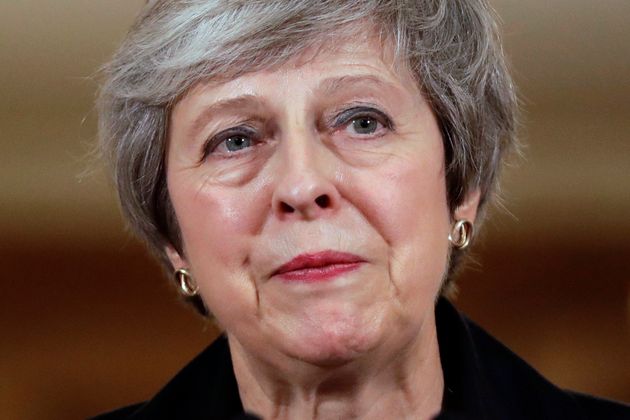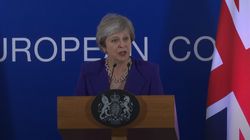
In Theresa May’s Statement to the House of Commons last week regarding her Brexit deal with the European Union, she said: “The choice is clear, we can choose to leave with no deal; we can risk no Brexit at all; or we can choose to unite and support the best deal that can be negotiated, this deal…”
Here is the Prime Minister presenting a deal to the House that even her chief negotiator, the Brexit Secretary, Dominic Raab, could not support, and therefore resigned. Is it any wonder, then, that this deal received a pummelling in the House of Commons. The Labour Party will vote against it. The vast majority of MPs on all sides spoke against it. It is not even supported by The Democratic Unionist Party (DUP) without whose support this government will have no majority.
Yes, she seems to have managed to unite the house; but not in supporting the deal – in opposing it. How ironic that both remainers and Brexiteers hate this deal.
It is clear that this deal will not be passed by the House of Commons. The arithmetic is obvious. Yet May intends to plough on, with one MP describing her stance as being “in denial”. That, then, leaves us with either “No deal” which the overwhelming majority of experts agree will be very bad for Britain or “the risk of No Brexit at all”. I am mystified as to why May should attach the word “risk” to the “No Brexit” option rather that to the “No Deal”. I voted remain and to my mind stopping Brexit is the best outcome for the well-being of the UK.
She assured the house that the government is making preparation and contingency planning in the case of a “No Deal”. However, she made no mention of how the country could have “No Brexit”. I can see one of two ways that may lead us to the “No Brexit”: It can be argued that Britain is a parliamentary democracy and the referendum is simply advisory and we, the government, have decided to ignore the majority who voted leave in the national interest. We are therefore cancelling Brexit. That will be a true betrayal of the people and it is unthinkable that any government would do that. Secondly, a People’s Vote (second Referendum) as advocated by the Green Party and the LibDems. Additionally and wisely the Labour Party has not ruled it out with their spokesman on Brexit, Sir Keir Starmer, saying remaining in the EU should be an option.
Listening to May in the commons she resolutely ruled out a second referendum when it was suggested to her by many members, Labour, Greens, LibDems and many conservatives. So here we have the Prime Minister presenting the country with a choice of “No Brexit” but unwilling to contemplate a route that may lead to that outcome.
The Prime Minister has boxed herself in with no way of escape. It all stems from her attempt to reconcile two irreconcilable factions in her party. On the one hand you have the hard Brexiteers who believe that leaving the EU without a deal presents no difficulties; to them trading worldwide on World Trade Organisation Rules will lead to greater prosperity for the UK. On the other side are those who believe that would be very damaging to Britain, wanting to stay as close as possible to the EU, with access to the single market and frictionless borders, to facilitate smooth trading in services and industries, that rely on the “Just In Time” flow of parts across Europe.
Herein lies the difficulty. In addition to the above the Prime Minister added another constraint on her actions. That is to deliver a meaningful Brexit to the majority of the electorate, who voted leave. This, she believes, can only be done by ruling out staying in the single market and the customs union. This is an impossible task, as it is proving to be. The end result is a deal that satisfies no one.
What should she do? It is clear that she believes staying as close as possible to the EU is the right course and is in the national interest. In that case Prime Minister, stay in the single Market and the Customs Union. This, at a stroke, solves the Northern Island/ Republic of Ireland border problem that has hampered the negotiations.
People voted leave for many different reasons and it is up to the government to steer us through the best route in the national interest. This route, in my view, is not as good as staying in the EU, but it can be argued that the government has delivered on the result of the referendum. This solution will not satisfy the hard Brexiteers, but has every chance of passing through the House of Commons. The route of “No Deal” has no chance of passing through the Commons and will isolate the hard Brexiteers.
Theresa May, however, has ruled out the UK staying in the customs union and the single market. In that case, then, she must give the country a route to the third option she made in her statement namely, the possibility to “Stop Brexit”. This can only be done by holding a referendum that includes the option of cancelling Brexit and staying in the EU. Let the people decide.


